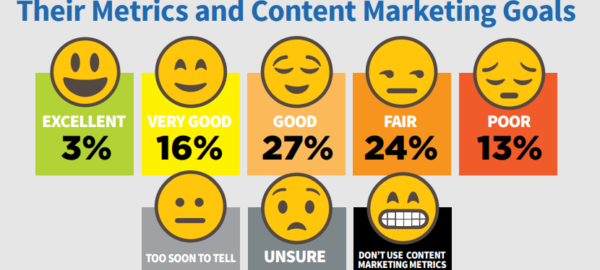— June 6, 2018
There’s no question that a well-planned company blog can work wonders for reaching out to your potential and existing clients. In fact, it is a tried, tested, proven and inexpensive way to enhance your inbound marketing efforts. CMI’s B2B Content Marketing Benchmarks Report found that 4 in 5 marketers use blogs to spread their brand messages, drive traffic to their sites, and attract more prospective customers. Further, they also used content hubs and digital magazines – content marketing methods similar to blogs – to distribute their content online.
However, running a successful business blog is easier said than done.
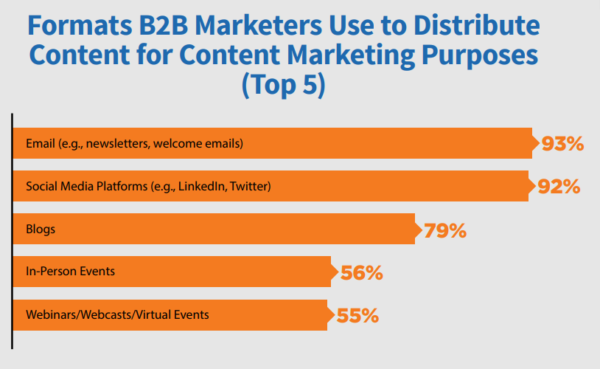
To stay ahead of your competitors, you need to come up with a new post with alarming frequency, which makes it very, very hard to maintain quality. Needless to say, the struggle becomes a lot harder if you are running the show alone. Hey, even SEO and content expert Neil Patel is finding the going tough.
The best way to overcome this struggle is to turn your blogging endeavor into a team effort. With multiple writers on your side, you can create unique content as well as share the workload. Here’s how.
1. Create an All-Star Team
The single most important indicator of blogging success is a team of passionate writers. While you can always hire a team of professional and experienced domain experts, it becomes too expensive for small organizations. The best possible alternative here is to assemble a mix of professionals, amateurs, industry veterans, niche influencers, guest writers, and the members of your organization with a knack for writing. The guys over at CoSchedule have a very good guide on how to go about doing this.
The key person who can keep all this going is the blog editor, who’s responsible to manage the team as well as your editorial calendar. They need to maintain the style, voice, content formats and templates, and the blogging schedule. It is better to hire someone with prior editing experience for this responsibility. They, in turn, can set up meetings, conferences or chats where members can meet face-to-face and discuss everyone’s roles and responsibilities.
To give you an example of the SEO industry where I work, the most respected blog is Search Engine Land, which does exactly this.
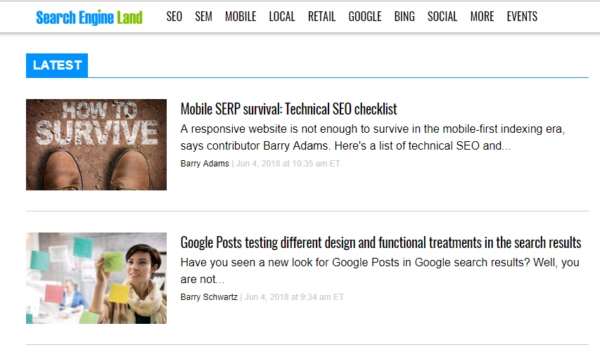
2. Have a Clear Brand Identity and Mission
A business blog is meant to generate profit one way or other. It isn’t possible to achieve this without credibility and trust. Authority arising from expertise in your field and the trust of your audience are the two critical building blocks that will give your brand a spotless online reputation. However, name and repute don’t come without a clear-cut brand identity and mission.
You can start out by focusing on addressing a particular problem in your niche. For example, if you’re in the travel industry, you can focus on the geographic region where you operate your best tours and write on subjects such as “The Foodie’s Guide to Traveling in South-East Asia.” Alternatively, you can target a particular customer segment with topics like “5 Backpacking Tips for Solo Women Travelers.”
Make sure the design and layout of your blog is a genuine representation of your company values and mission. Whenever readers see your logo or brand colors, they should associate it with a value such as great customer service or fair price. Genuine readers do take the time to visit the “About Us” page of a blog. Don’t miss this opportunity to tell your brand story and give a comprehensive picture of how, when, and why you started this blog, and where you’re taking it.
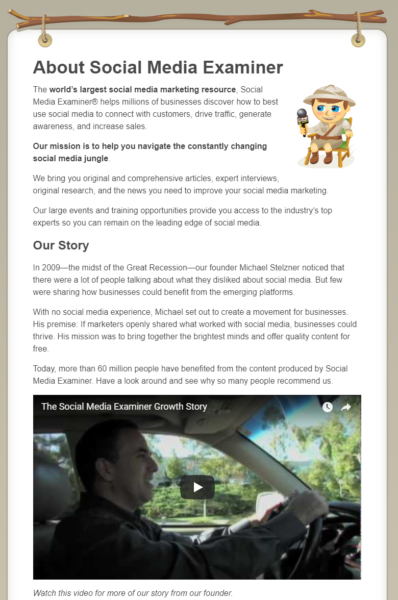
3. Make Guidelines and Stick to Them
As there will be multiple writers contributing to your blog regularly, maintaining a sense of consistency requires meticulous writing and style guidelines. Spell out the details for capitalization, punctuation, spelling, grammar, how and when to use numbered or bulleted lists, how and when to use headings, providing source attribution, word count, and where and when to include keywords. You should also choose an editing style such as AP style or Chicago Manual style.
Again, content marketing and SEO go hand in hand. You will also need to decide what kind of links you will allow your writers to put, the variations of anchor text, whether you’ll keep guest authors’ links the body of the post or author bio, and so one.
Further, you need to determine in advance how to use and format images, memes, infographics, animated gifs and videos. Make sure all these guidelines and updates to them are shared on your blog as well as via email to the entire team. You need to stick to these guidelines at all costs.
4. Find the Right Tools
While there are tons of blogging platforms or Content Management Systems (CMS) out there, not all of them are made equal. You will need to choose the CMS that offers tiered access, multiple sharing capabilities, supports different operating systems and is readily available. However, when in doubt, choose WordPress – it is by far the most popular of blogging platforms.
In addition to the CMS, you will also need tools for managing the performance and the back-end processes of your blog. You will need tools and apps for managing your editorial calendar (CoSchedule), scheduling social media posts (Buffer), visitor comments (Disqus), proofreading (Grammarly) and check the articles for plagiarism (Copyscape), delegate tasks, and keep track of your content in real time.
Again, all these tools and plugins should be compatible with your CMS. You also need to keep them updated to ensure there are no conflicts in code.
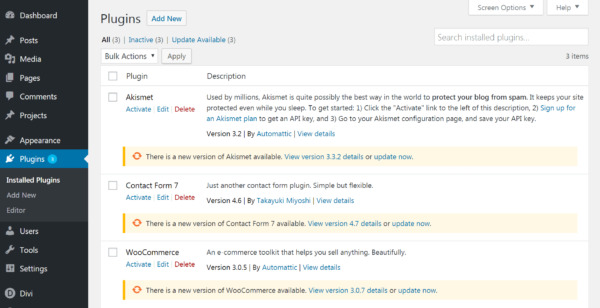
5. Tie Content Metrics to Business Goals
Chances are, you will be using dozens of content metrics to measure the performance of your blog. But, they won’t be of any use unless you tie them up with your business goals. The CMI study we referred to earlier found that just 19% of B2B organizations can align metrics with their content marketing goals with a better-than-average success rate.
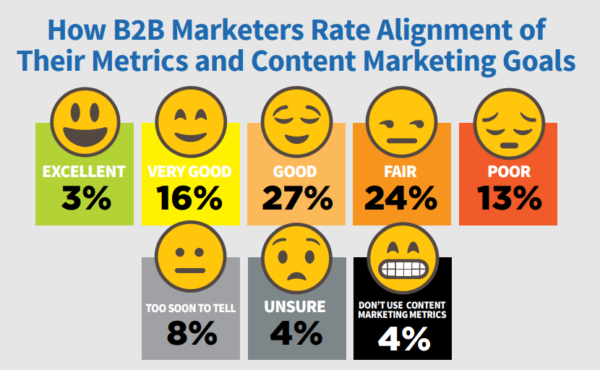
The content metrics you need to track will change depending on your business goals. For example, if your business goal is to generate more leads, you should be looking for improvements in CTR and Conversions. Building brand awareness, on the other hand, involves keeping track of Article Views and Social Shares.
However, you should break down your primary metrics into specific measurements. For example, for generating sales, you can use well-defined metrics such as conversion rate – and segment it by email subscriptions or the number of ebook downloads from your blog. You also need to assign a weight to these different metrics.
Parting Words
Although it will take some time, putting together a crew of passionate writers and getting them to follow a smooth process will benefit your business blog in the long run. The combined power of team, tools and techniques easily beats the sum of individual efforts. Hopefully, these tips will prove helpful in taking your business blog to the next level. Do you run a blog for your company? Do tell us about your experiences in the comments below!
Digital & Social Articles on Business 2 Community
(115)
Report Post